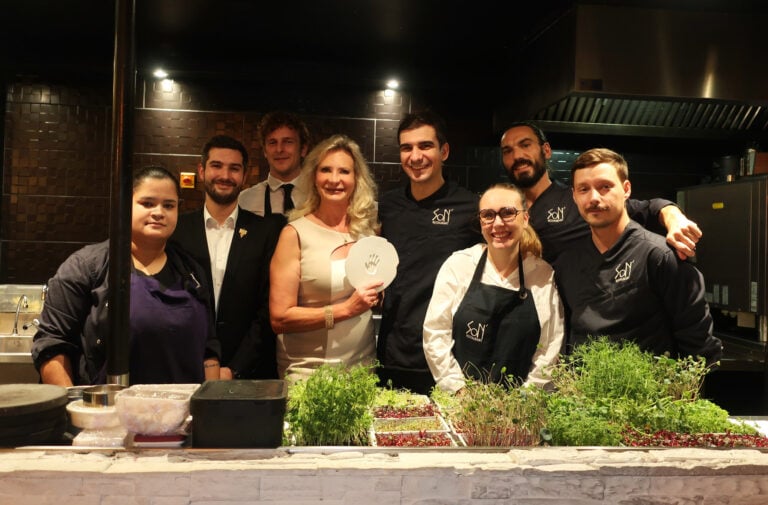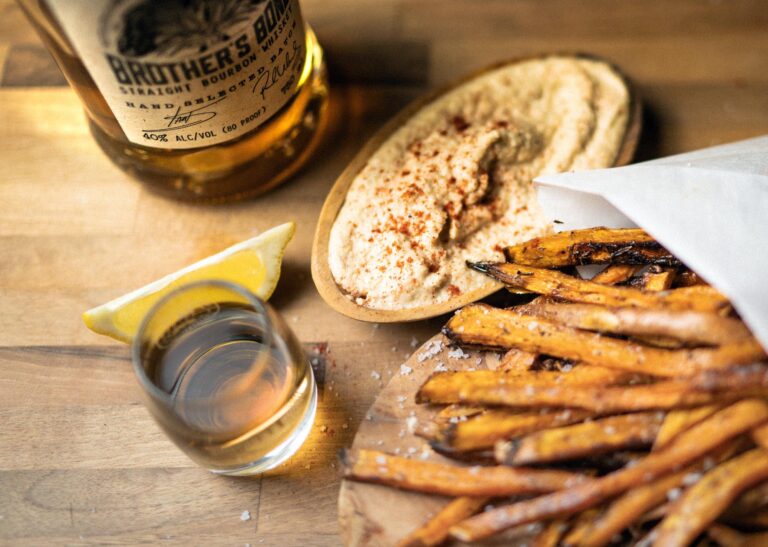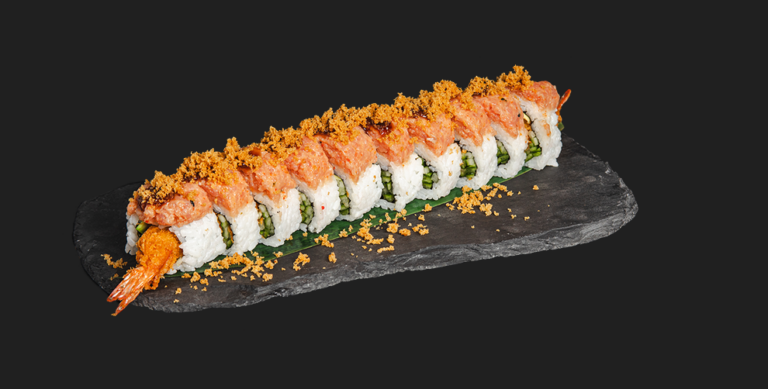Fifty Great Portuguese Wines
A Tour of Portugal’s Wine Regions
by Michelle Kwan
Portugal, surrounded by its venerable neighbors of wine making, has long been overshadowed by France and Spain when it comes to the ubiquity and prominence of its wines. Even paella and tapas (or petisco as it is known in Portugal) was until recently thought of as primarily a Spanish tradition with a Spanish heritage. But like Portuguese cuisine, Portuguese wines have a distinct character and quality that is worthy of discovery. Moreover, as the Fifty Great Portuguese Wines Tasting held at the New York Public Library recently demonstrated, there is no better complement to Portuguese fare than Portuguese wines. The diversity of flavors in its 250 grape varietals also make them good candidates for pairing with other cuisines; an array of cheeses, tapas and fruits at the tasting paired well with the vinho verdes, whites and reds on offer.
The Alvarinho white grape varietal produces floral, fruity wines characterized by balanced minerality and peach, pineapple, apple and lemon notes. it is planted in regions like Monca and Melgacao and along the border of Spain.
The Arintho grape, also known as Pedea, shares the citrus character of the Alvarinho varietal but its high acidity and distinctive late harvest ripeness as well as its ability to withstand hot climates makes it a hearty grape that is often selected to create blends. its adaptability allows it to be grown in many regions of Portugal.
The Encruzado is characterized by good balance and a full-bodied texture. It responds well to oak barrel aging. Wines made from the Encruzado maintain their acidity despite being subjected to hot climate conditions. This hearty grape is primarily found in central Northern Dao regions.
The Fernao Pires also known as Maria Gomes is Portugal’s most cultivated wine grape. It most closely resembles Moscato with its signature citrus and flower notes. It is used for an array of wines including sparkling and sweet varieties. This varietal is found on the Setubal Peninsula, Tebu and in most other regions of Portugal.
Portuguese wines shine on both the white and red sides. Castelao, a black grape found often in South Portugal, produces structured wines with earthy berry notes. Wines from this varietal become more well rounded and smooth-bodied with aging.
The Trincadeira or Tinta Amarela is reminiscent of Syrah or Shiraz, yielding strong flavors of berry and spice followed by a smooth finish. Its growth favors a dry and warm climate and it can be found almost everywhere in Portugal, particularly in Douro and Alentejo.
Like the Touriga Franca, the Touriga Nacional is used to produce Port as well as red table wines. This varietal has great aging potential and yields rich licorice and berry notes.
The Baga grape is often used to help produce sparkling wines and has characteristically rich tannins along with cherry and blackberry notes. Found in Bairrada and Dao, wines from this varietal evolve in flavor and become softer in body with aging.
Finally the Tinta Roriz or Aragones is used to produce primarily Port and Douro wines. It presents with well-balanced character as well as prune, berry and plum notes. This is a popular varietal grown in Dao and Northern Portugal.
Besides possessing 250 varietals, Portugal also distinguishes itself in terms of their methods of wine production through their tendency to bottle blends consisting of multiple varietals. Anywhere from twenty to as much as 206 grapes in rare instances have been brought together after careful selection to produce wines with distinct characteristics that showcase the best from a combination of these different varietals.
Related Content:
Prats & Symington 2011 Post Scriptum de Chryseia
Top-Rated Alvarinho Wines
Port, Sherry and Madeira Reviews
Portugal Travel Guide
You can click on each photo to enlarge.





